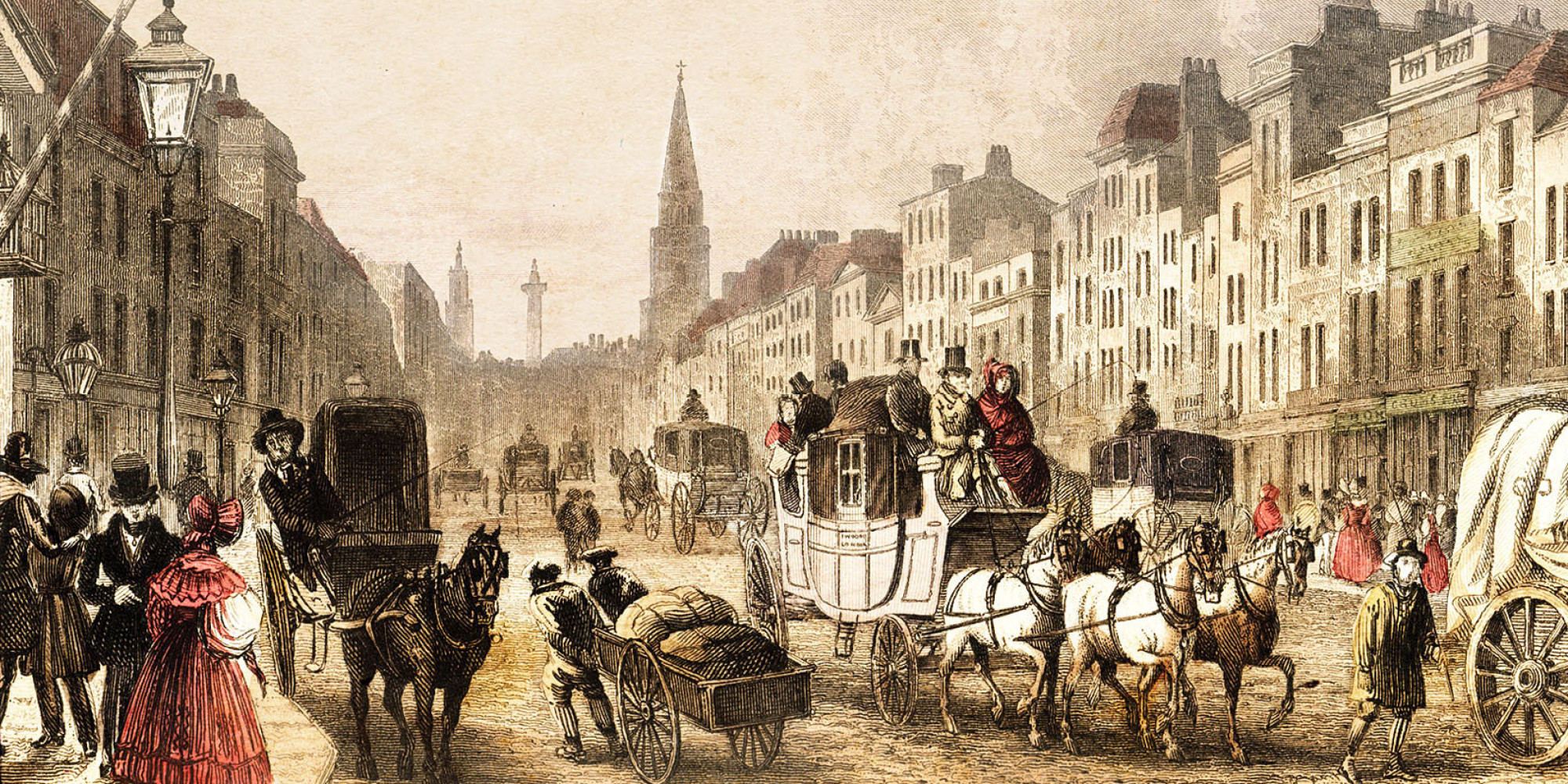


Now Judith Flanders, one of Britain's foremost social historians, explores the world portrayed so vividly in Dickens' novels, showing life on the streets of London in colorful, fascinating detail. Technology-railways, street-lighting, and sewers-transformed both the city and the experience of city-living, as London expanded in every direction. In only a few decades, the capital grew from a compact Regency town into a sprawling metropolis of 6.5 million inhabitants, the largest city the world had ever seen. The nineteenth century was a time of unprecedented change, and nowhere was this more apparent than London. Read full overviewįrom the "New York Times" bestselling and critically acclaimed author of The Invention of Murder, an extraordinary, revelatory portrait of everyday life on the streets of Dickens' London. The nineteenth century was a time of unprecedented change, and.

No one who reads Judith Flanders's The Victorian City will view London in the same light again.From the "New York Times" bestselling and critically acclaimed author of The Invention of Murder, an extraordinary, revelatory portrait of everyday life on the streets of Dickens' London. Now, with him, Judith Flanders leads us through the markets, transport systems, sewers, rivers, slums, alleys, cemeteries, gin palaces, chop-houses and entertainment emporia of Dickens' London, to reveal the Victorian capital in all its variety, vibrancy, and squalor.įrom the colourful cries of street-sellers to the uncomfortable reality of travel by omnibus, via the many uses for the body parts of dead horses or the unimaginably grueling working days of hawker children, no detail is too small, or too strange. From the moment Charles Dickens, the century's best-loved novelist and London's greatest observer, arrived in the city in 1822, he obsessively walked its streets, recording its pleasures, curiosities and cruelties. Now, in The Victorian City, she explores London's outdoors in an extraordinary, revelatory portrait of everyday life on the streets. In The Victorian House, Judith Flanders described in intimate detail what went on inside the nineteenth-century home. In only a few decades, London grew from a Regency town to the biggest city the world had ever seen, with more than 6.5 million people and railways, street-lighting and new buildings at every turn. The nineteenth century was a time of unprecedented transformation, and nowhere was this more apparent than on the streets of London.

From the bestselling popular historian comes a masterly recreation of Victorian London, whose raucous streets and teeming denizens inspired and permeated the works of one of Britain's - and the world's - greatest novelists: Charles Dickens.


 0 kommentar(er)
0 kommentar(er)
